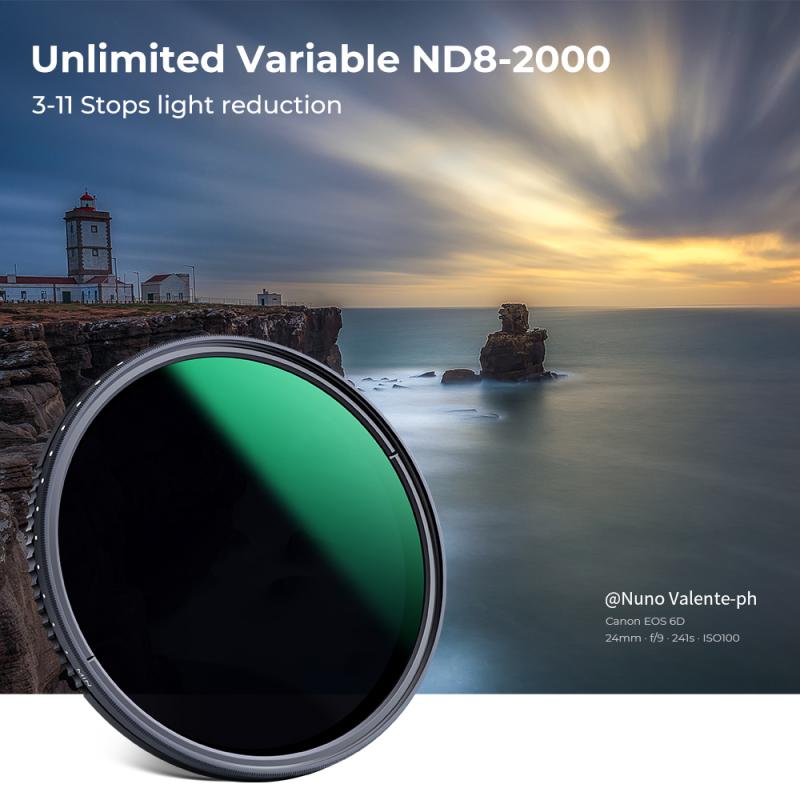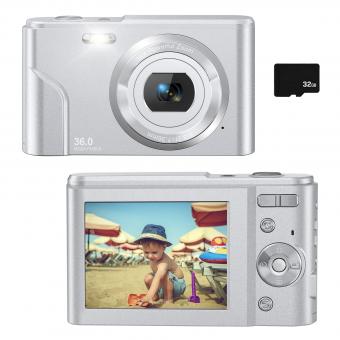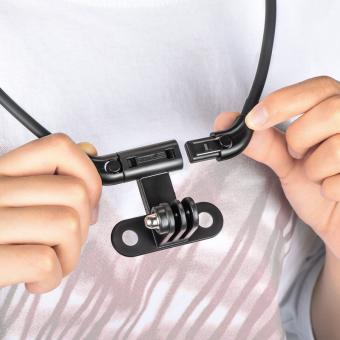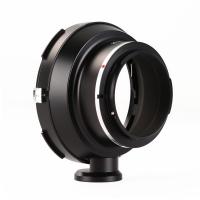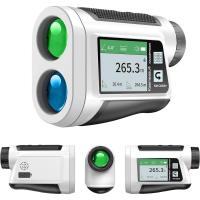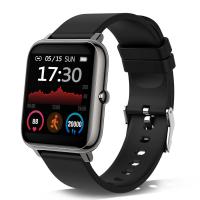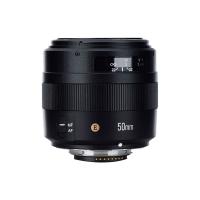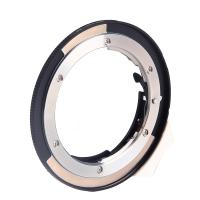Can I Carry On My Digital Camera ?
Yes, you can carry on your digital camera as long as it complies with the airline's carry-on baggage restrictions.
1、 Size and weight restrictions for carrying digital cameras on flights.
Size and weight restrictions for carrying digital cameras on flights vary depending on the airline and the specific regulations of the country you are traveling to. However, in general, digital cameras are allowed as carry-on items on most flights.
Carrying a digital camera as a carry-on item is usually the best option to ensure its safety and prevent any potential damage. By keeping it with you, you can also easily access it during the flight or at your destination. However, it is always recommended to check with your airline beforehand to confirm their specific policies.
In terms of size and weight restrictions, most airlines do not have specific limits for digital cameras. They are typically considered personal items and are allowed as long as they fit within the airline's carry-on size restrictions. These restrictions usually vary between airlines, but a common size limit is around 22 x 14 x 9 inches (55 x 35 x 23 cm) for the carry-on bag.
It is important to note that some airlines may have additional restrictions on the total weight of your carry-on items. However, digital cameras are generally lightweight and should not pose any issues in this regard.
As for the latest point of view, it is always advisable to stay updated with the airline's policies and any changes that may occur due to security measures or other factors. Airlines may occasionally update their regulations, so it is recommended to check their official website or contact their customer service for the most accurate and up-to-date information.
In conclusion, digital cameras are typically allowed as carry-on items on flights, as long as they comply with the airline's size and weight restrictions. It is always best to check with the airline directly to ensure a smooth and hassle-free travel experience.
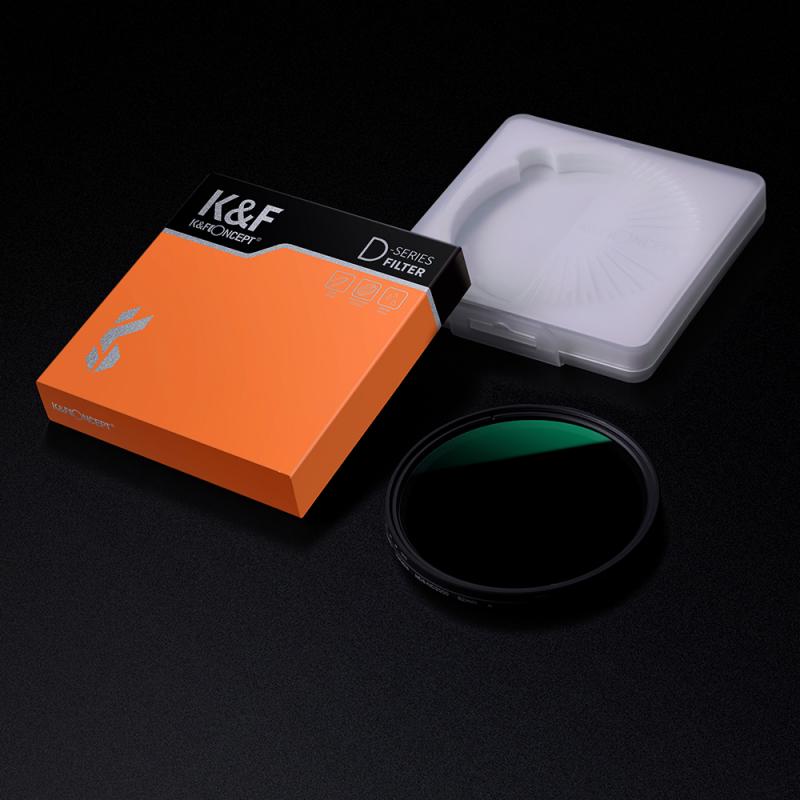
2、 Tips for safely carrying and protecting your digital camera.
Tips for safely carrying and protecting your digital camera:
1. Invest in a good camera bag: A sturdy camera bag with padded compartments will help protect your camera from bumps, drops, and other accidents. Look for a bag that is specifically designed for your camera model and has enough space for additional lenses and accessories.
2. Use a neck or wrist strap: Attaching a strap to your camera will prevent accidental drops and make it easier to carry around. Opt for a strap that is comfortable and adjustable to fit your needs.
3. Keep your camera in a protective case: When not in use, store your camera in a protective case to shield it from dust, moisture, and scratches. There are various options available, including soft pouches and hard cases, depending on your preference and level of protection required.
4. Avoid extreme temperatures: Extreme heat or cold can damage your camera's internal components and affect its performance. Avoid leaving your camera in a hot car or exposing it to freezing temperatures for extended periods.
5. Clean your camera regularly: Dust, fingerprints, and smudges can affect the quality of your photos. Use a soft, lint-free cloth or a camera-specific cleaning kit to gently wipe the lens, LCD screen, and other surfaces.
6. Backup your photos: It's always a good idea to regularly back up your photos to prevent loss in case of theft, damage, or memory card failure. Consider using cloud storage or external hard drives for secure and convenient backup options.
7. Be mindful of security: When traveling or in crowded areas, keep a close eye on your camera to prevent theft. Consider using a camera strap with a hidden wire or a small lock to deter potential thieves.
In terms of carrying your digital camera on a plane, it is generally allowed as a carry-on item. However, it's always a good idea to check with the airline beforehand to ensure there are no specific restrictions or limitations. Additionally, it's recommended to keep your camera in your carry-on bag rather than checking it in, as checked baggage can be subject to rough handling and potential damage.
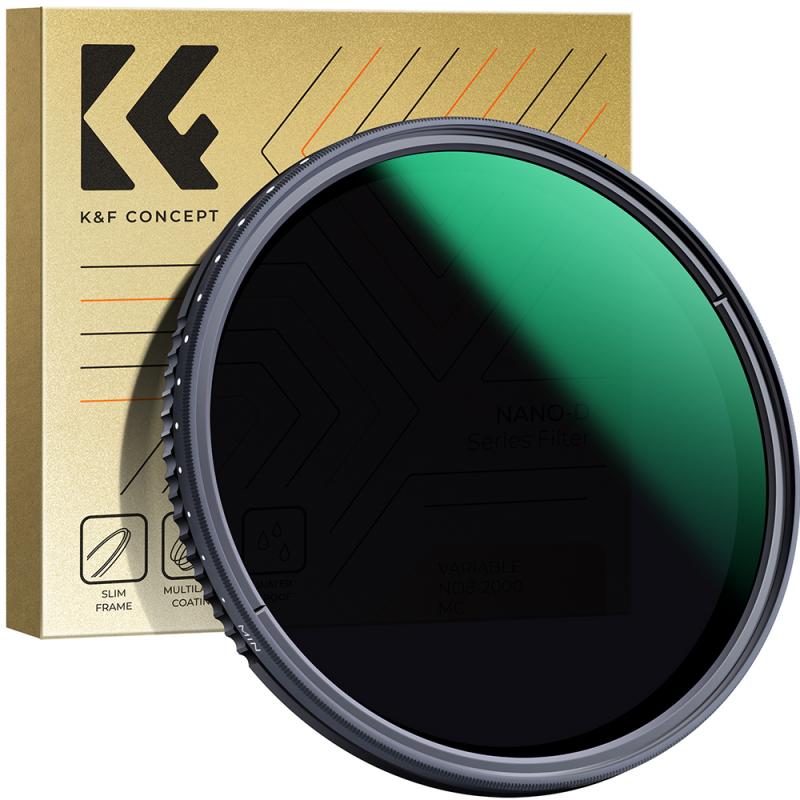
3、 Regulations regarding carrying digital cameras in specific locations or events.
Regulations regarding carrying digital cameras in specific locations or events can vary depending on the rules and policies set by the respective authorities. In general, digital cameras are allowed to be carried on by individuals for personal use in most public places, including airports, parks, museums, and tourist attractions. However, it is important to note that there may be certain restrictions or guidelines that need to be followed.
For instance, in airports, digital cameras are typically allowed in carry-on luggage. However, it is advisable to check with the specific airline or airport authority for any size or weight restrictions. Additionally, some countries may have restrictions on photography in certain areas, such as military installations or government buildings. It is always recommended to be aware of and respect local laws and regulations regarding photography.
In recent times, there has been an increased focus on security measures, especially in crowded events or sensitive locations. This has led to stricter regulations in some cases. For example, at major sporting events or concerts, organizers may prohibit the use of professional cameras or equipment with detachable lenses. This is done to prevent unauthorized commercial photography and protect the privacy of attendees.
It is important to stay updated with the latest regulations and guidelines, as they can change over time. Checking the official websites or contacting the relevant authorities of the specific location or event can provide the most accurate and up-to-date information regarding carrying digital cameras.

4、 Carrying digital cameras while hiking or engaging in outdoor activities.
Yes, you can carry on your digital camera while hiking or engaging in outdoor activities. In fact, many outdoor enthusiasts and photographers find it essential to have a digital camera with them to capture the beauty of nature and document their adventures.
Digital cameras have become increasingly lightweight and compact, making them convenient to carry during outdoor activities. They allow you to capture high-quality images and videos, enabling you to preserve memories and share them with others. Whether you are hiking through breathtaking landscapes, exploring wildlife, or participating in thrilling outdoor sports, a digital camera can help you capture those special moments.
Moreover, advancements in technology have made digital cameras more durable and resistant to harsh weather conditions. Many cameras are now designed to be waterproof, shockproof, and dustproof, ensuring they can withstand the rigors of outdoor activities. This means you can confidently take your camera with you on hikes, camping trips, or even underwater adventures without worrying about damage.
Additionally, digital cameras offer a range of features and settings that allow you to enhance your photography skills. From manual controls to various shooting modes, you can experiment with different techniques and capture stunning images in different lighting conditions.
However, it is important to consider the weight and size of your camera when hiking or engaging in strenuous outdoor activities. Carrying heavy camera equipment can be burdensome and may hinder your mobility. Therefore, it is advisable to choose a lightweight and compact camera that suits your needs.
In conclusion, carrying a digital camera while hiking or engaging in outdoor activities is not only possible but highly recommended. It allows you to capture and preserve the beauty of nature, document your adventures, and share your experiences with others. With the advancements in technology, digital cameras have become more durable and versatile, making them an ideal companion for outdoor enthusiasts.
